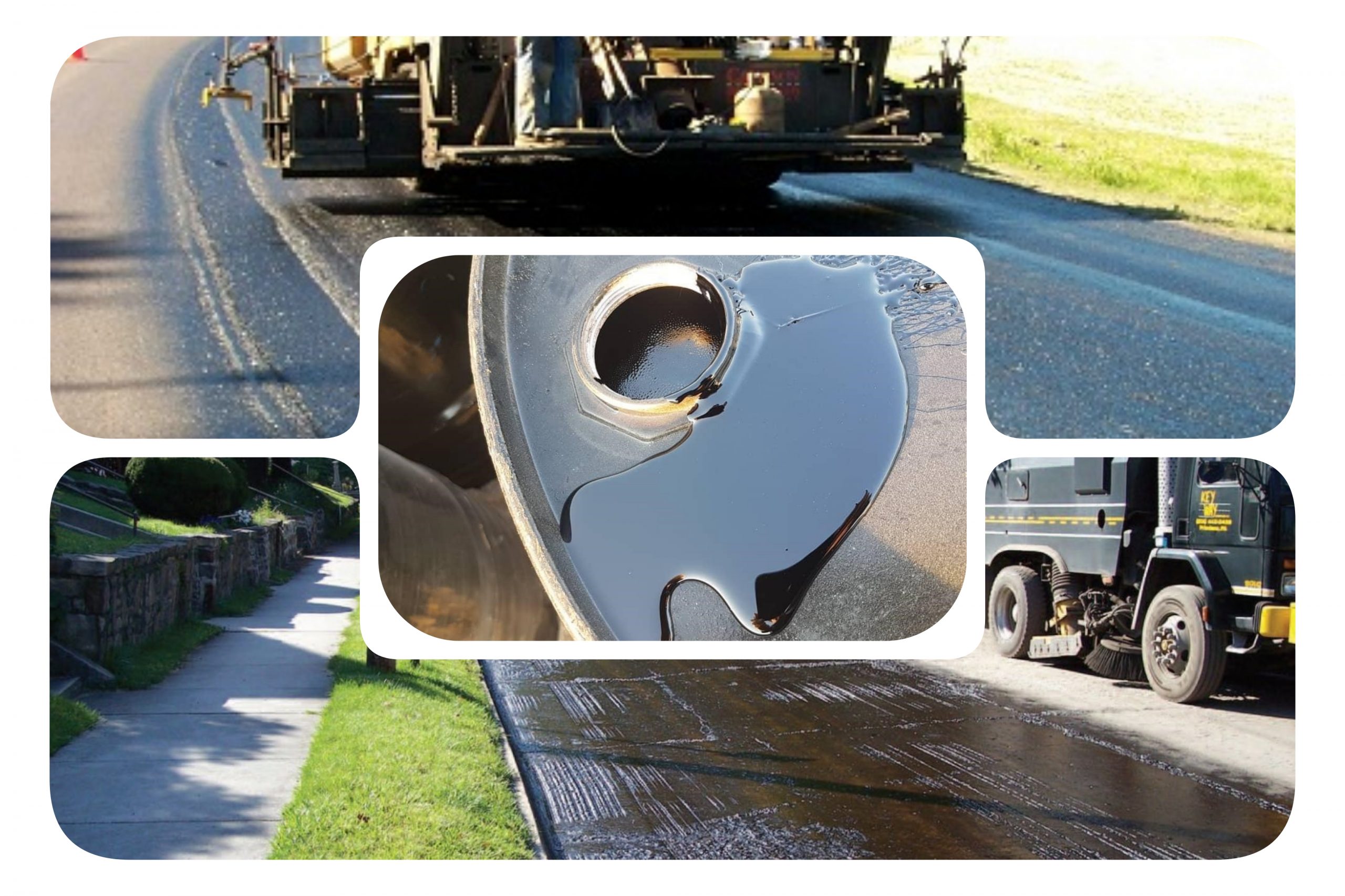
Introduction
The usage of Cutback Bitumen in Prime and Tack Coat ensures strong adhesion and enhances the durability of road construction layers. Cutback bitumen plays a very vital role in enhancing the adhesion and durability of road layers, particularly in prime coat and tack coat applications. Road construction is a technical activity that needs precision, great materials, and new ways. Among those materials, bitumen stands out as a key material, being a binder that attaches aggregates in asphalt concrete to one another.
While normal bitumen is ubiquitous, Cutback Bitumen has particular advantages in particular circumstances—especially in environments where temperature affects viscosity and use.
Understanding Cutback Bitumen
Cutback bitumen is a type of modified asphalt created by mixing standard bitumen with volatile solvents like kerosene or naphtha. This combination reduces the viscosity of the bitumen, making it much easier to apply—especially in colder environments where conventional bitumen would be too dense to spread effectively.
Once applied to the surface, the solvent gradually evaporates, allowing the bitumen to return to its solid form. This transition forms a strong, adhesive layer that enhances the durability of the road surface and contributes to a longer pavement lifespan.
Applications of Cutback Bitumen in Road Construction
Prime Coat (Preparation of Base Layer)
The most common use of cutback bitumen is in the prime coat, which is a preparatory layer applied directly over the uncoated gravel or granular bases. Its main applications are:
Enhancing adhesion between base and overlay asphalt
Sealing the base to prevent moisture penetration
Reduction of dust by aggregating fine particles
All three types of cutback bitumen—Slow Curing (SC), Medium Curing (MC), and Rapid Curing (RC)—can be used for prime coats. Some typical grades are:
SC-70, SC-250
RC-70, RC-250
These variations are chosen based on curing rate, environment, and job specifications.
Tack Coat (Bonding Asphalt Layers)
Unlike the prime coat, the tack coat is used between two layers of asphalt to be able to bond and provide structural stability. It’s typically applied between the surface course (the top layer) and the binder course (the bottom asphalt layer).
Bitumen emulsion is often recommended for tack coats due to its environment-friendly nature, but cutback bitumen in MC grades is still commonly used in most regions.
Key benefits of tack coat:
Creates a good bond between asphalt courses
Prevents traffic loading slippage
Increases roadway performance and life
Environmental Factors
Despite the cutback bitumen having good workability and performance, especially under wet or cold conditions, it has some environmental issues. Volatile solvent evaporation may cause air pollution and health risks. Contractors and suppliers should, therefore, meet safety standards and follow safe handling practices in order to cause minimal environmental damage.
In certain conditions, bitumen emulsions are utilized for their lower environmental footprint.
Conclusion
Cutback bitumen is a plastic and essential commodity in modern road construction, particularly prime coat and tack coat. It improves adhesion, water resistance, and contributes to structure strength and road durability. However, due to its solvent content, caution must be exercised with respect to safe handling and safety to the environment.
By integrating technical best practices and proper application methods, cutback bitumen can improve road infrastructure quality and performance in most conditions to a significant extent.

